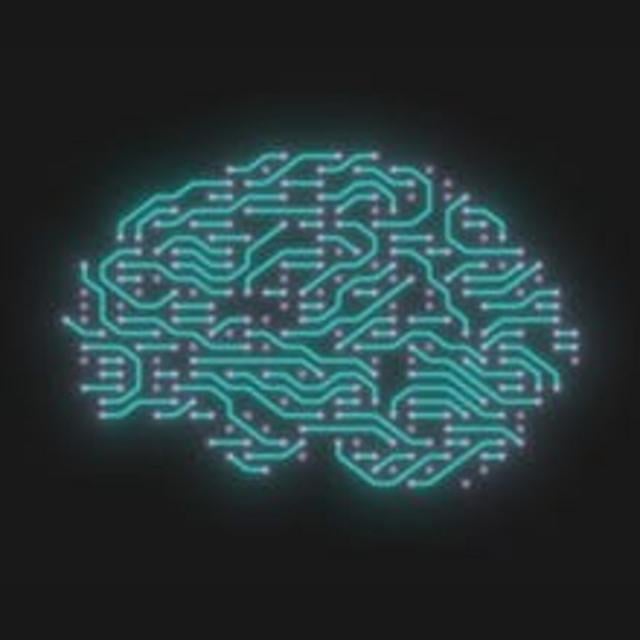MOOC List is learner-supported. When you buy through links on our site, we may earn an affiliate commission.

MOOC List is learner-supported. When you buy through links on our site, we may earn an affiliate commission.
The first topic covers the complex topic of evaluation metrics, where you will learn best practices for a number of different metrics including regression metrics, classification metrics, and multi-class metrics, which you will use to select the best model for your business challenge. The next topics cover best practices for different types of models including linear models, tree-based models, and neural networks. Out-of-the-box Watson models for natural language understanding and visual recognition will be used. There will be case studies focusing on natural language processing and on image analysis to provide realistic context for the model pipelines.
By the end of this course you will be able to:
- Discuss common regression, classification, and multilabel classification metrics
- Explain the use of linear and logistic regression in supervised learning applications
- Describe common strategies for grid searching and cross-validation
- Employ evaluation metrics to select models for production use
- Explain the use of tree-based algorithms in supervised learning applications
- Explain the use of Neural Networks in supervised learning applications
- Discuss the major variants of neural networks and recent advances
- Create a neural net model in Tensorflow
- Create and test an instance of Watson Visual Recognition
- Create and test an instance of Watson NLU
What skills should you have?
It is assumed that you have completed Courses 1 through 3 of the IBM AI Enterprise Workflow specialization and you have a solid understanding of the following topics prior to starting this course: Fundamental understanding of Linear Algebra; Understand sampling, probability theory, and probability distributions; Knowledge of descriptive and inferential statistical concepts; General understanding of machine learning techniques and best practices; Practiced understanding of Python and the packages commonly used in data science: NumPy, Pandas, matplotlib, scikit-learn; Familiarity with IBM Watson Studio; Familiarity with the design thinking process.
Course 4 of 6 in the IBM AI Enterprise Workflow Specialization.
Syllabus
WEEK 1
Model Evaluation and Performance Metrics
This week covers model selection, evaluation and performance metrics. The focus is on evaluating models iteratively for improvements. You will survey the landscape of evaluation metrics and linear models in order to ensure you are comfortable using implementing baseline models. The materials build up to the case study where you will use natural language processing in a classification setting. When you are done iterating on your model you will connect its model performance to business metrics as an approach to better understand model utility.
WEEK 2
Building Machine Learning and Deep Learning Models
This week is primarily focused on building supervised learning models. We will survey available methods in two popular and effective areas of machine learning: Tree based algorithms and deep learning algorithms. We will cover the use of tree based methods like random forests and boosting along with other ensemble approaches. Many of these approaches serve as an important middle layer between interpretable linear models and difficult to interpret deep-learning models. For deep learning we will use a pre-built visual recognition model and use TensorFlow to demonstrate how to build, tune, and iterate on neural networks. We will also make sure that you understand popular neural network architectures. In the case study you will implement a convolutional neural network and ready it for deployment.
MOOC List is learner-supported. When you buy through links on our site, we may earn an affiliate commission.
MOOC List is learner-supported. When you buy through links on our site, we may earn an affiliate commission.
